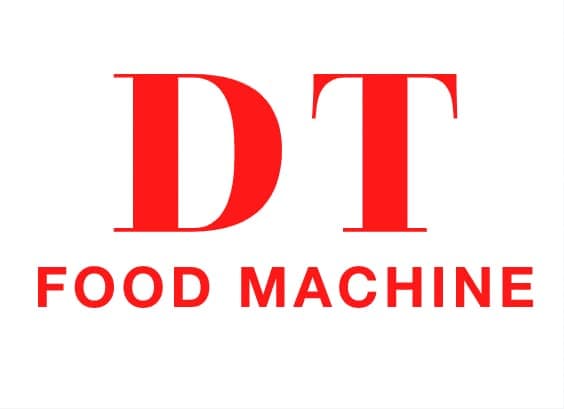1. Introduzione alla produzione di burro di arachidi
Il burro di arachidi è una crema spalmabile amata in tutto il mondo, Realizzato per arrostire e macinare le arachidi in una pasta liscia o croccante. Non è solo un punto fermo in molte diete occidentali, Ma sta anche guadagnando trazione nei mercati globali a causa del suo valore nutrizionale e versatilità. Un moderno linea di produzione del burro di arachidi offre efficiente, scalabile, e soluzioni igieniche per la lavorazione commerciale.
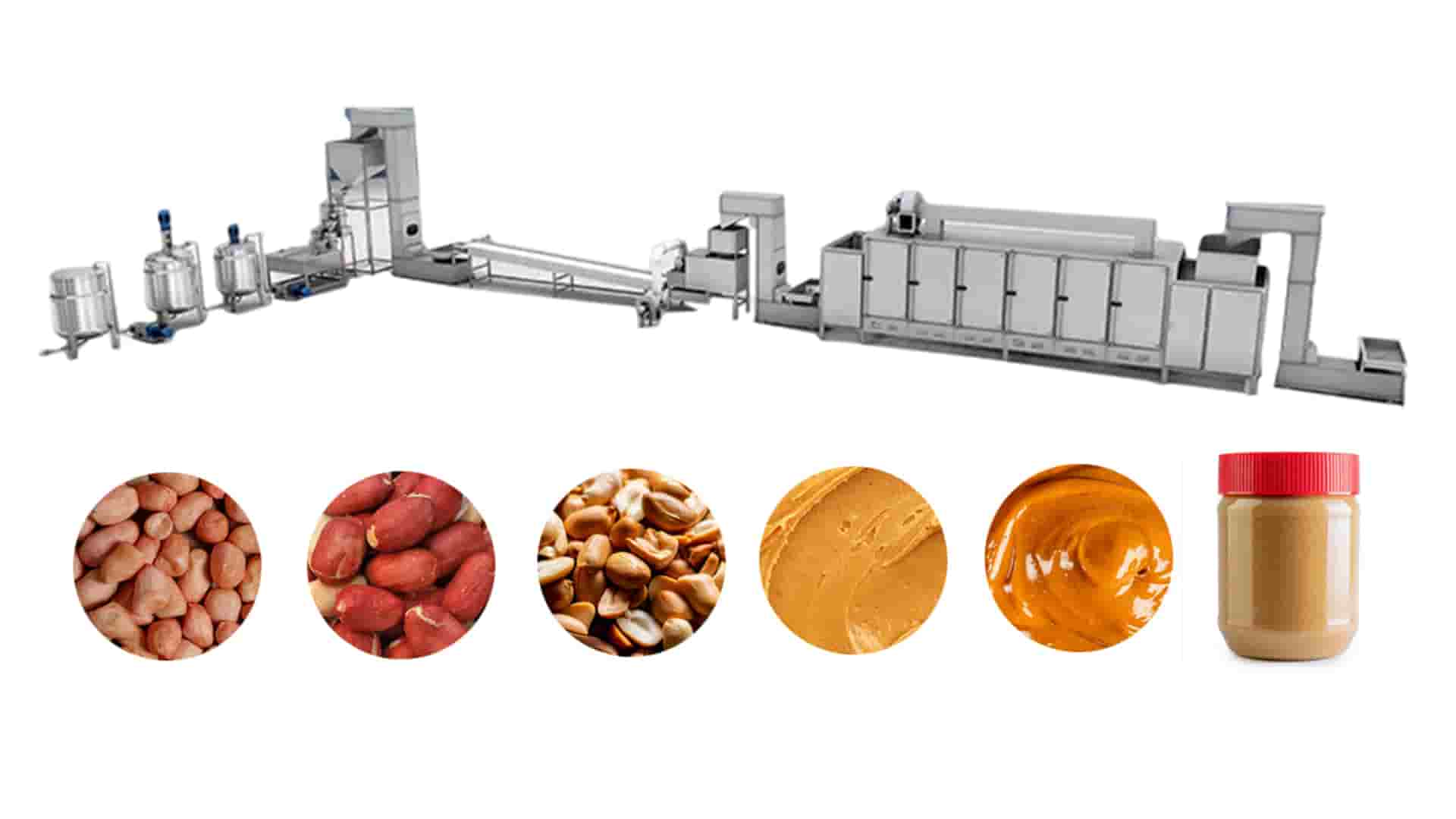
2. Cos'è una linea di produzione di burro di arachidi?
UN linea di produzione del burro di arachidi è un sistema integrato di macchinari e processi progettati per convertire le arachidi crude in burro di arachidi confezionato. Comprende varie unità per la torrefazione, peeling, macinazione, miscelazione, riempimento, e imballaggio. Spesso indicato come a sistema di produzione della pasta di noci O linea di lavorazione industriale delle arachidi, garantisce una produzione in serie con elevati standard di qualità e sicurezza.
3. Panoramica del mercato e tendenze della domanda globale
L’industria del burro di arachidi è in forte espansione, soprattutto con l’aumento dei consumatori attenti alla salute. Le tendenze del mercato includono:
- Richiesta di burro di arachidi biologico e senza zucchero
- Crescente popolarità in Asia, Africa, e Sudamerica
- Utilizzo crescente negli snack proteici, frullati, e ricette vegane
- Automazione e linee di produzione economicamente vantaggiose guidano l'espansione globale
4. Componenti chiave di una linea di produzione di burro di arachidi
- Tostatrice di arachidi
- Trasportatore di raffreddamento
- Macchina pelatrice
- Macchina per macinare e omogeneizzare
- Serbatoio di miscelazione e miscelazione
- Serbatoi di stoccaggio
- Unità di degasaggio
- Pastorizzatore o sterilizzatore
- Riempimento, sigillatura, e macchine etichettatrici
- Sistemi di confezionamento di fine linea
5. Macchina per tostare le arachidi: Fondamento dello sviluppo del sapore
La tostatura è essenziale per il sapore, aroma, e lo sviluppo del colore. I sistemi di tostatura comuni includono:
- Torrefazioni in lotti (per operazioni di piccole e medie dimensioni)
- Tostatrici a nastro continuo (per la produzione in grandi volumi)
- Intervallo di temperatura: 160–180 ° C.
- Sistemi di tostatura dell'olio opzionali
6. Sistema di trasporto di raffreddamento: Controllo della temperatura per una consistenza ottimale
Dopo la tostatura, le arachidi devono essere raffreddate rapidamente per evitare una tostatura eccessiva. Caratteristica dei trasportatori di raffreddamento:
- Cinghie in rete di acciaio inossidabile
- Sistemi ad aria forzata
- Sensori di temperatura automatizzati
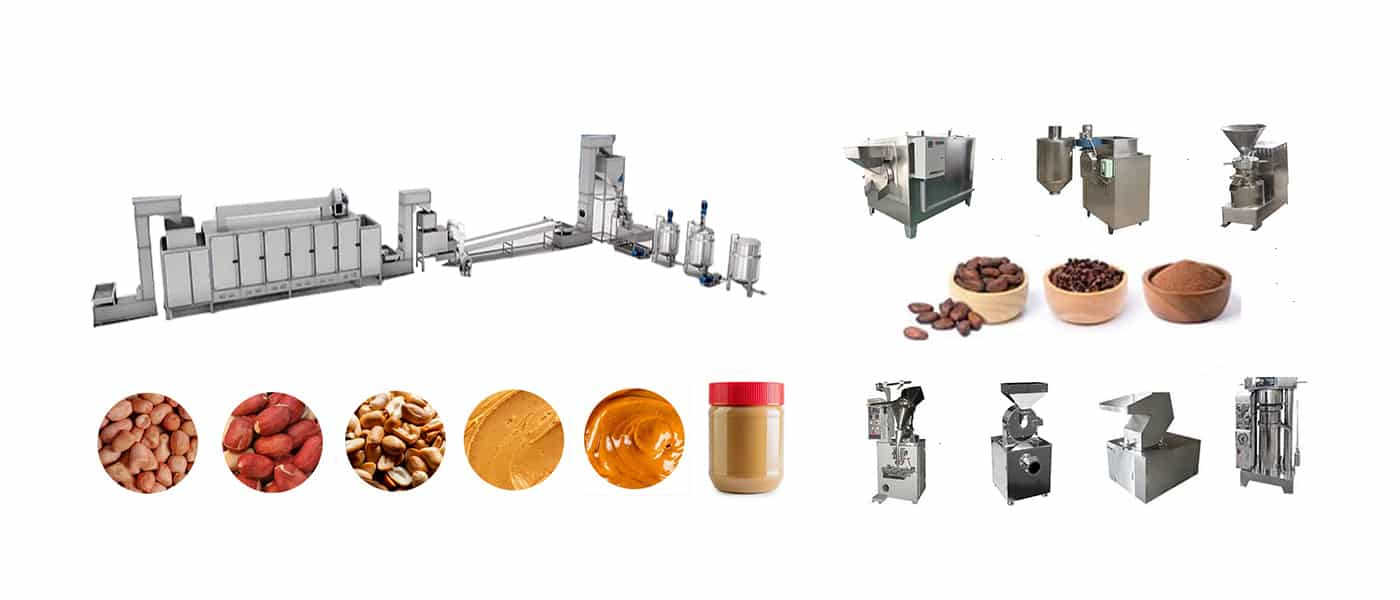
7. Macchina per sbucciare le arachidi: Rimozione della pelle rossa per la purezza
Il peeling migliora il colore e la durata di conservazione. Le macchine possono elaborare:
- 200–1000 kg/h
- Rimozione della pelle secca o bagnata
- Separazione pneumatica della pelle
- Selezionatore di kernel opzionale
8. Macinatrice per arachidi: Macinazione fine e omogeneizzazione
Questo è il cuore della linea di pasta di arachidi. Le caratteristiche includono:
- Macina colloidale o macina a pietra
- Finezza di macinazione regolabile (50–100 micron)
- Emulsione ad alta velocità (fino a 2800 giri/min)
- Parti di contatto in acciaio inossidabile
9. Unità di miscelazione e miscelazione: Personalizzazione del gusto e della consistenza
La miscelazione consente l'integrazione degli ingredienti:
- Zucchero, sale, Miele, olio di palma
- Cacao, proteine in polvere, vaniglia
- Possono essere miscelatori discontinui o continui
- Dotato di camicia riscaldante e agitatore
10. Serbatoi di stoccaggio e di contenimento: Stoccaggio temporaneo igienico
Utilizzato per contenere il burro di arachidi prima del riempimento:
- Serbatoi incamiciati per il controllo della temperatura
- Agitatori per evitare la sedimentazione
- Design compatibile con CIP
11. Macchina per degasaggio sotto vuoto: Migliorare la stabilità del prodotto
I sistemi di aspirazione rimuovono le bolle d'aria:
- Prevenire l'ossidazione
- Migliora la viscosità
- Prolungare la durata di conservazione
12. Pastorizzazione e sterilizzazione: Garantire la sicurezza alimentare
A seconda delle esigenze del mercato:
- Pastorizzatore per lavorazione a 65–85°C
- Sterilizzatore UHT per prodotti a lunga conservazione
- Monitoraggio in linea della temperatura e della pressione
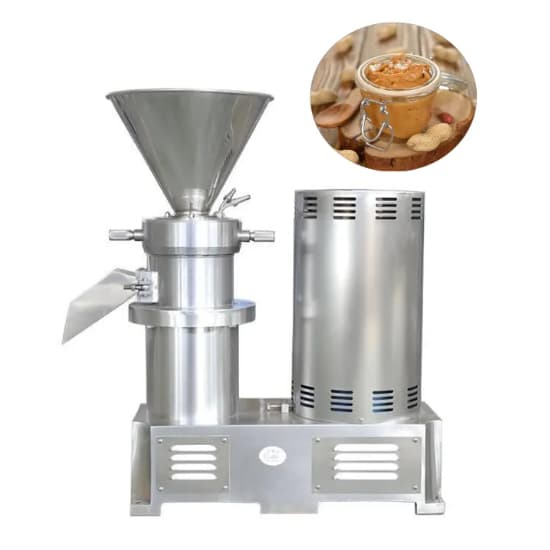
13. Macchine Riempitrici e Confezionatrici: Dal barattolo al mercato
Il burro di arachidi finale viene riempito in contenitori:
- Vaso, spremere la bottiglia, bustina, o secchio
- Ugelli di riempimento servoazionati
- Sistemi antigoccia e CIP
- Produttività: 10–100 contenitori/min
14. Etichettatura, Coding, e attrezzature per la sigillatura
Include:
- Sigillatrici ad induzione di calore
- Maniche termoretraibili
- Codifica a getto d'inchiostro o laser per la tracciabilità
15. Soluzioni di fine linea: Palettizzatori e Sistemi di Avvolgimento
Automatizzare i processi di fine linea:
- Pallettizzazione robotizzata
- Avvolgimento termoretraibile
- Macchine per sigillare cartoni
16. Automazione nella produzione di burro di arachidi
- Sistemi di automazione basati su PLC
- Sensori IoT per il monitoraggio in tempo reale
- Controllo SCADA e report batch
17. Considerazioni sul design industriale: Disposizione, Flusso di lavoro, e Spazio
- Design lineare o ad U
- Ingresso della materia prima all'uscita del prodotto finito
- Spazio per la manutenzione e gli spazi di sicurezza
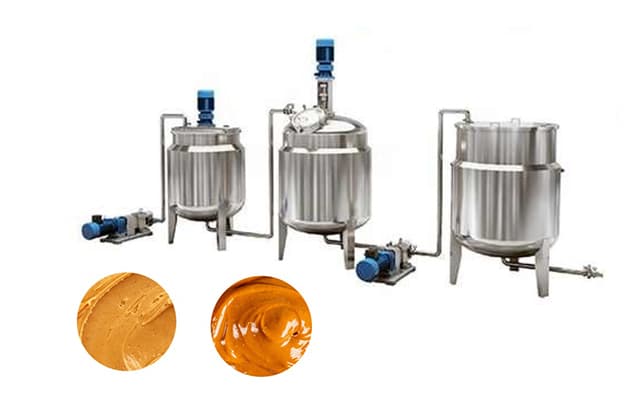
18. Personalizzazione della linea di produzione della pasta di arachidi
- Capacità: da 100 kg/ora a 2,000 kg/h
- Croccante vs. opzioni fluide
- Aggiunta di cioccolato, mandorla, sesamo
- Integrazione con linee tostatura nocciole e snack
19. Componenti aggiuntivi comuni: Miscelatori, Iniettori di sapore, Sistemi di schiaccianoci
- Miscelatori a nastro
- Dosatori di aromi a vite
- Dispenser a doppia consistenza
- Serbatoi sottovuoto con doppia camicia
20. Pulizia sul posto (CIP) Sistema: Mantenere l'igiene nella produzione
- Completamente automatico o semiautomatico
- Coinvolge l'acqua calda, lavaggio alcalino, risciacquo acido
- Riduce i tempi di inattività e i costi di manodopera
21. Specifiche tecniche delle macchine chiave
| Attrezzatura | Capacità | Energia | Materiale |
|---|---|---|---|
| Torrefazione | 100–1000 kg/h | 25–60kW | SS304/SS316 |
| Smerigliatrice (mulino colloidale) | 100–2000 kg/h | 5–15kW | SS304, per uso alimentare |
| Riempitivo | 10–100 bpm | 3–8kW | Controllato da PLC |
| Serbatoio del miscelatore | 200–2000 litri | 2–10kW | Con agitatore |
22. Efficienza energetica e considerazioni ambientali
- Utilizzo di sistemi di recupero del calore
- Condotte e serbatoi isolati
- Materiali di imballaggio riciclabili
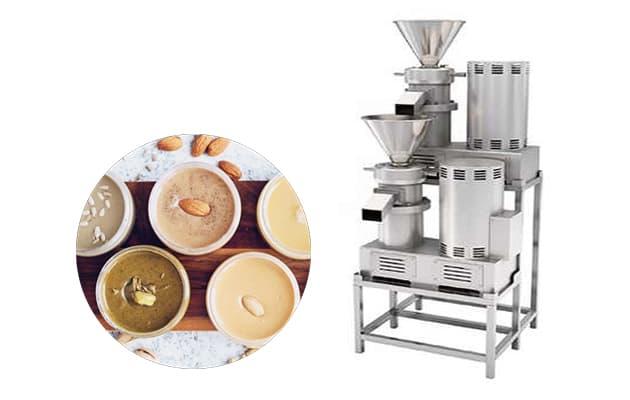
23. Analisi dei costi: CapEx e OpEx nella produzione di burro di arachidi
- Piccola linea: $15,000 - $50,000
- Linea media: $50,000 - $150,000
- Linea completamente automatica: $200,000 - $1,000,000+
- ROI in genere entro 12-24 mesi
24. Conformità normativa e certificazioni di livello alimentare
- FDA, Ce, Iso 22000, HACCP
- Buone pratiche di produzione (GMP)
- Sistemi di controllo e tracciabilità degli allergeni
25. Misure e standard di controllo della qualità
- Campionamento e test (microbiologia, viscosità, gusto)
- Monitoraggio in linea del pH e della temperatura
- Rilevazione di metalli e ispezione a raggi X
26. Risoluzione dei problemi e manutenzione delle apparecchiature per il burro di arachidi
- Difetti comuni: intasamento, surriscaldamento del motore, macinazione irregolare
- Programmi di manutenzione preventiva
- Disponibilità kit ricambi
27. Vantaggi di investire in una linea di produzione di burro di arachidi chiavi in mano
- Installazione più rapida
- Supporto tecnico del venditore
- Flusso di processo ottimizzato
- Minore rischio di mancata corrispondenza delle apparecchiature
28. Aumentare la produzione: Dalla piccola impresa alla fabbrica
- A partire dalle tostatrici batch e dalle riempitrici manuali
- Passaggio alla macinazione e al confezionamento automatici
- Ingresso nel mercato attraverso canali di nicchia o di esportazione
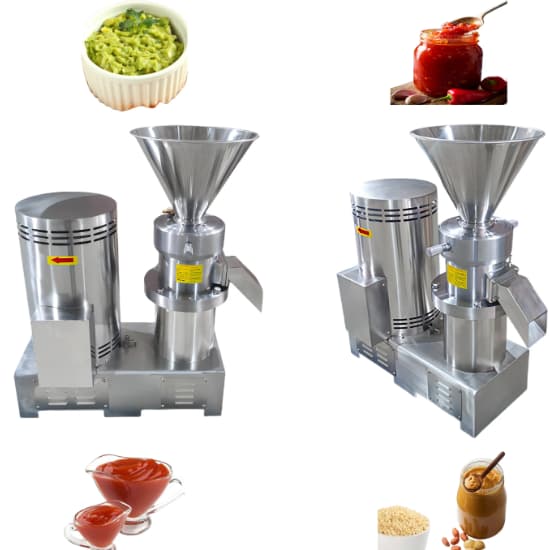
29. Casi studio: Impianti di lavorazione del burro di arachidi di successo
- Caso A: Startup di burro di arachidi biologico negli Stati Uniti
- Caso B: Esportatore di medie dimensioni in Nigeria
- Caso C: Grande stabilimento industriale in India
30. Il futuro delle tecnologie di lavorazione del burro di noci
- Fabbriche intelligenti con controllo dell’intelligenza artificiale
- Sistemi di lavorazione multinoci
- Linee di confezionamento completamente robotizzate
- Integrazione con sistemi ERP
31. Come avviare un'attività di produzione di burro di arachidi
- Condurre ricerche di mercato
- Scegli la giusta scala di produzione
- Acquistare terreni e servizi
- Acquista la linea di equipaggiamento
- Assumere e formare il personale
- Rispettare le norme sulla sicurezza alimentare
32. Selezione dei fornitori: Valutazione dei produttori di apparecchiature
- Esperienza e recensioni dei clienti
- Certificazioni globali
- Disponibilità del supporto locale
- Funzionalità ingegneristiche personalizzate
33. Conclusione: Costruire un impianto redditizio per il burro di arachidi
Una qualità elevata linea di produzione del burro di arachidi è la spina dorsale di un'azienda di successo nella produzione di noccioline. Dalla tostatura all'etichettatura, ogni fase influisce sulla qualità e sulla redditività del prodotto. Investire in affidabilità, per uso alimentare, e i sistemi automatizzati garantiscono successo e scalabilità a lungo termine.
